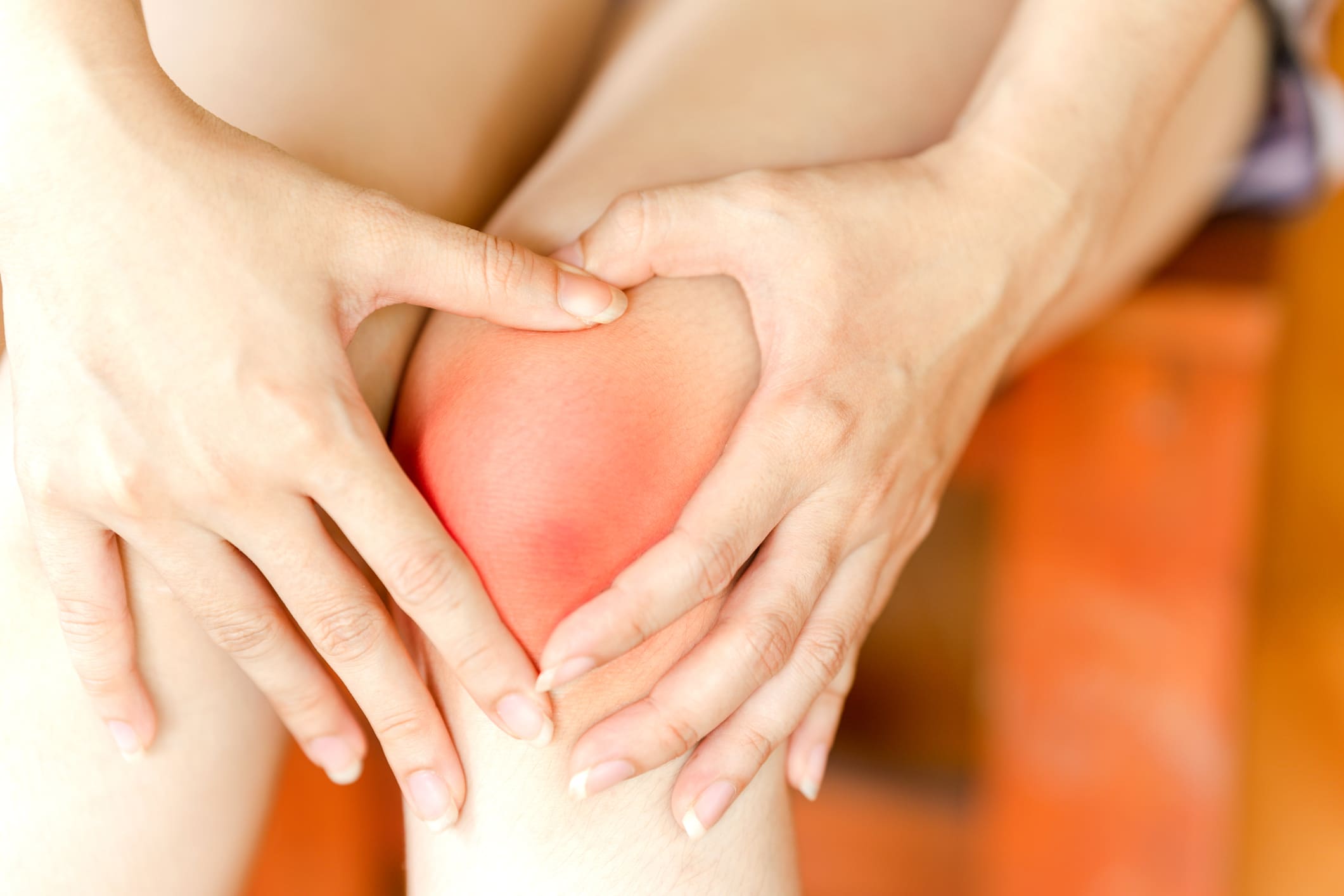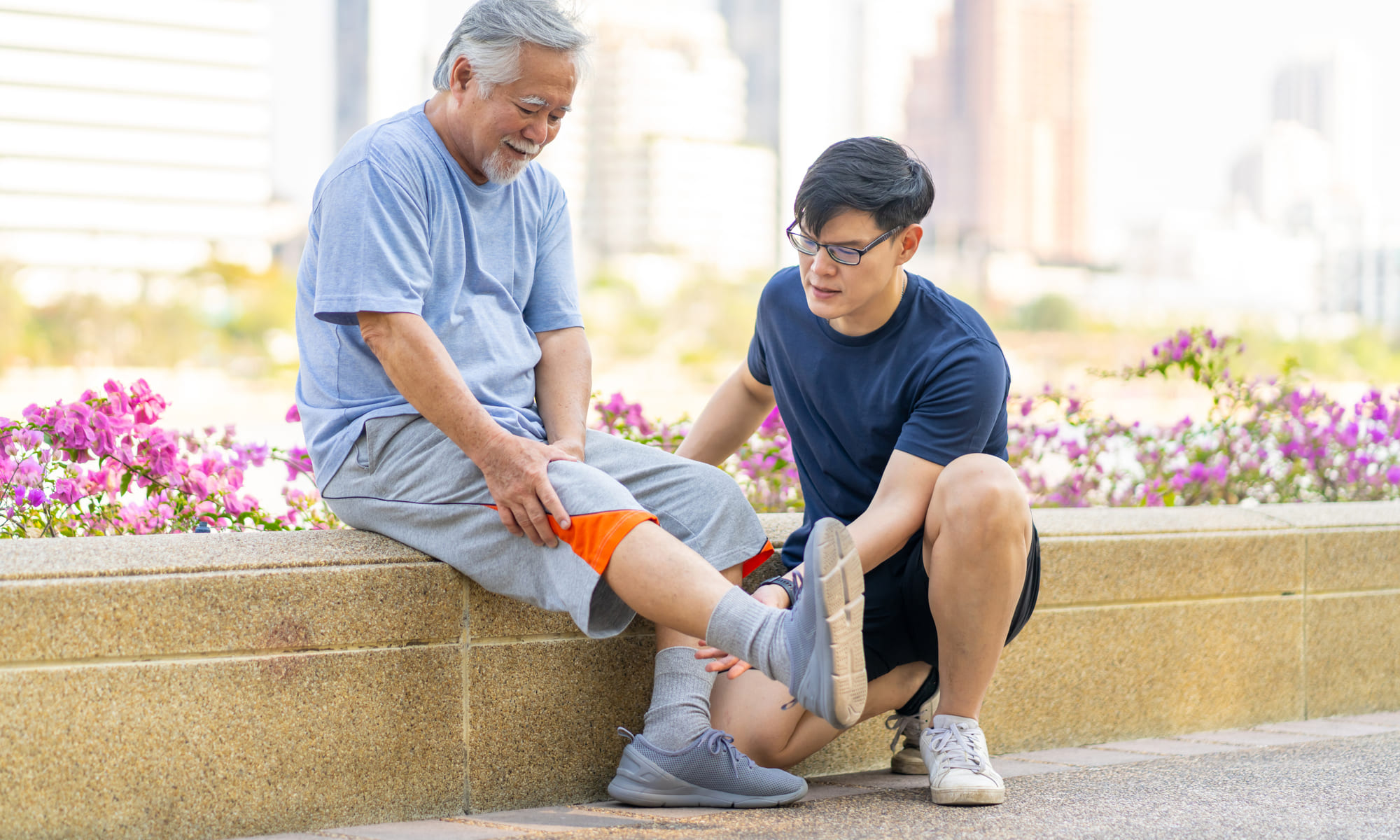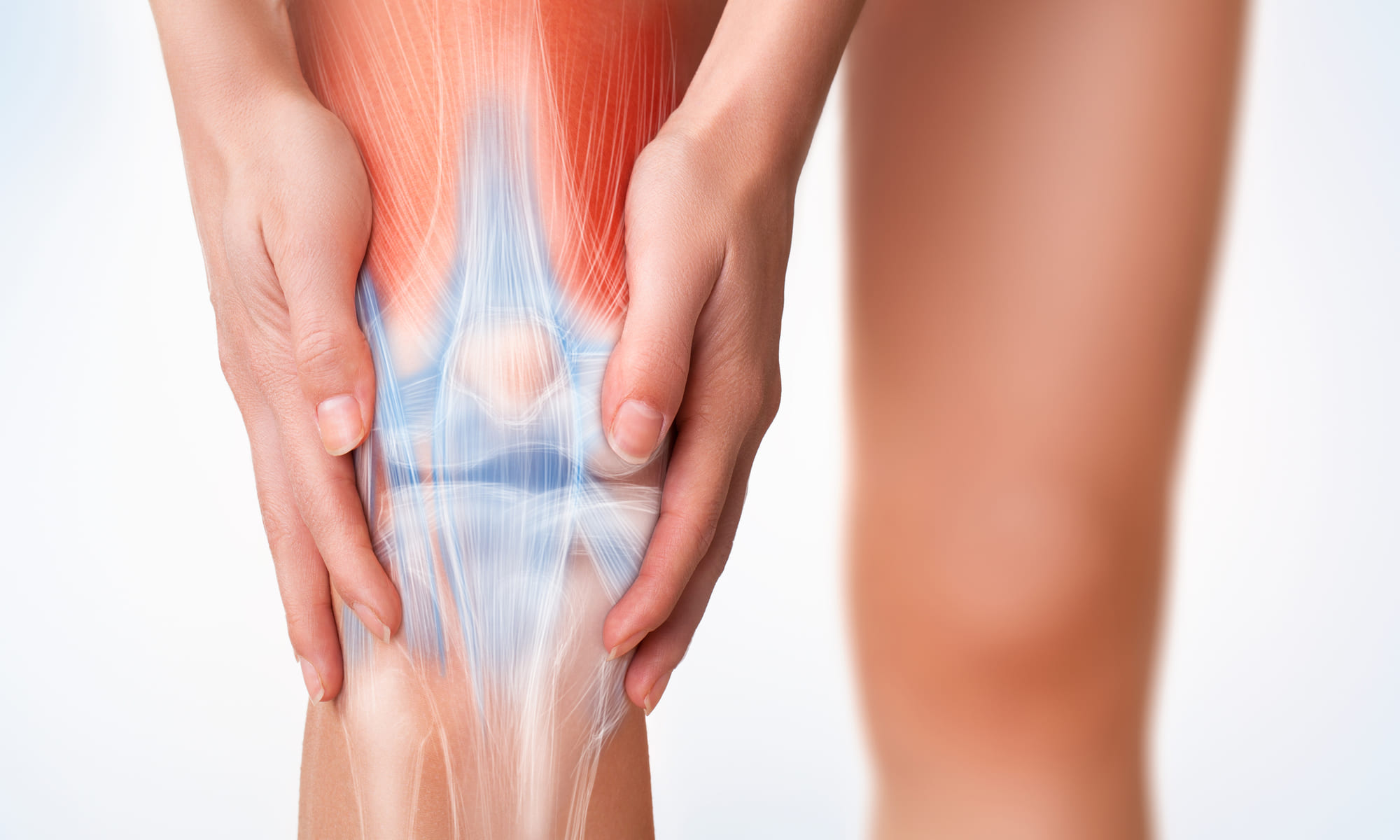Top Categories
Runner’s Knee, medically known as Patellofemoral Pain Syndrome, is a condition characterized by pain around the kneecap (patella). This discomfort is particularly noticeable during activities like running, walking, or even sitting for extended periods.
Understanding the truths about Runner’s Knee can empower individuals to seek appropriate medical advice, adhere to effective treatments, and adopt preventive measures that work. In this article, we will debunk some of the most commonly held myths about Runner’s Knee, providing you with greater understanding and actionable guidance.
Myth 1: Knee Pain is Always Due to Weak Knees
While muscle weakness can contribute to knee pain, other factors often play a significant role. For example, poor running technique, inadequate footwear, or imbalances in other areas of the body can all contribute to knee pain. Addressing these aspects is often key to effective treatment and prevention.
Myth 2: Runner’s Knee is Exclusive to Runners
The term “Runner’s Knee” may suggest that only runners experience this condition, but that’s far from accurate. Patellofemoral Pain Syndrome can affect anyone engaged in activities that put repetitive stress on the knee joint, including cyclists, hikers, and even those who sit for long periods.
Myth 3: Surgery is the Only Option for Treatment
Many people believe that surgery is the only way to fully treat Runner’s Knee, which is not true. Alternative treatments like physical therapy and minimally invasive treatment techniques can be highly effective. Surgery is usually considered a last resort when all other treatment options have failed.
Myth 4: Runner’s Knee is a ‘Female’ Condition
While it is true that anatomical differences can make women more susceptible to knee problems, Runner’s Knee affects both genders.
Myth 5: Rest is the Best Treatment
While it may seem counterintuitive, complete rest is usually not recommended for treating Runner’s Knee. Targeted exercises aimed at strengthening the knee and improving its alignment often form the core of most treatment plans. Rest may alleviate symptoms temporarily but will not address the root cause of the problem.
Diagnosis and Treatment

Common Methods for Diagnosing Runner’s Knee
- Clinical evaluation: A discussion of symptoms and a physical examination
- Imaging tests: X-rays or MRIs may also be conducted to rule out other potential issues such as fractures or ligament damage.
- Specific tests: Performed to assess the alignment, stability, and range of motion of the knee joint.
- Patient’s medical history: Often considered in the diagnosis, especially regarding activity levels and previous injuries.
Treatment Options
- Lifestyle Changes: Modifying your exercise routine, changing your footwear, or addressing any biomechanical issues that might contribute to the condition.
- Physical Therapy: Physical therapists may provide exercises specifically tailored to improve knee strength and alignment. This often includes exercises for the quadriceps, hamstrings, and calf muscles.
- Support Devices: Custom insoles or knee braces might be prescribed to help in correcting foot and knee alignment issues.
- Coreflex Injections: In more severe cases, an injectate containing local anaesthetic, anti-inflammatory substance and muscle relexant can be administered to reduce muscle spasms, pain and inflammation.
Your sports medicine specialists may recommend individualised treatment plans using therapeutic approaches ranging from exercise modification and specific strength training programs to advanced treatments like platelet-rich plasma (PRP) injections.
Read more about our minimally-invasive and non-invasive treatments for runner’s knee here: https://msmc-clinic.com/conditions/runners-knee-treatment-singapore/
Conclusion
Debunking the myths surrounding Runner’s Knee is essential for effective treatment and prevention. Misinformation can lead to improper management, making it critical to consult sports medicine specialists for individualised treatment plans to address both symptoms and underlying causes.



